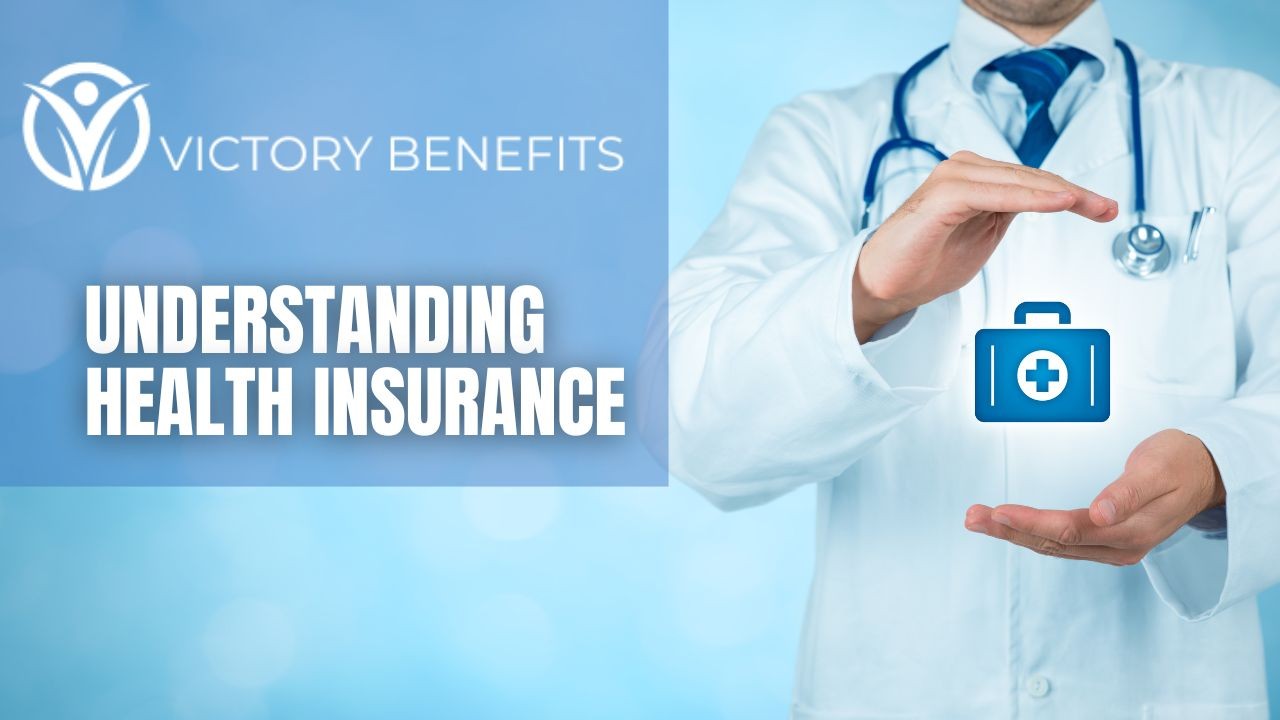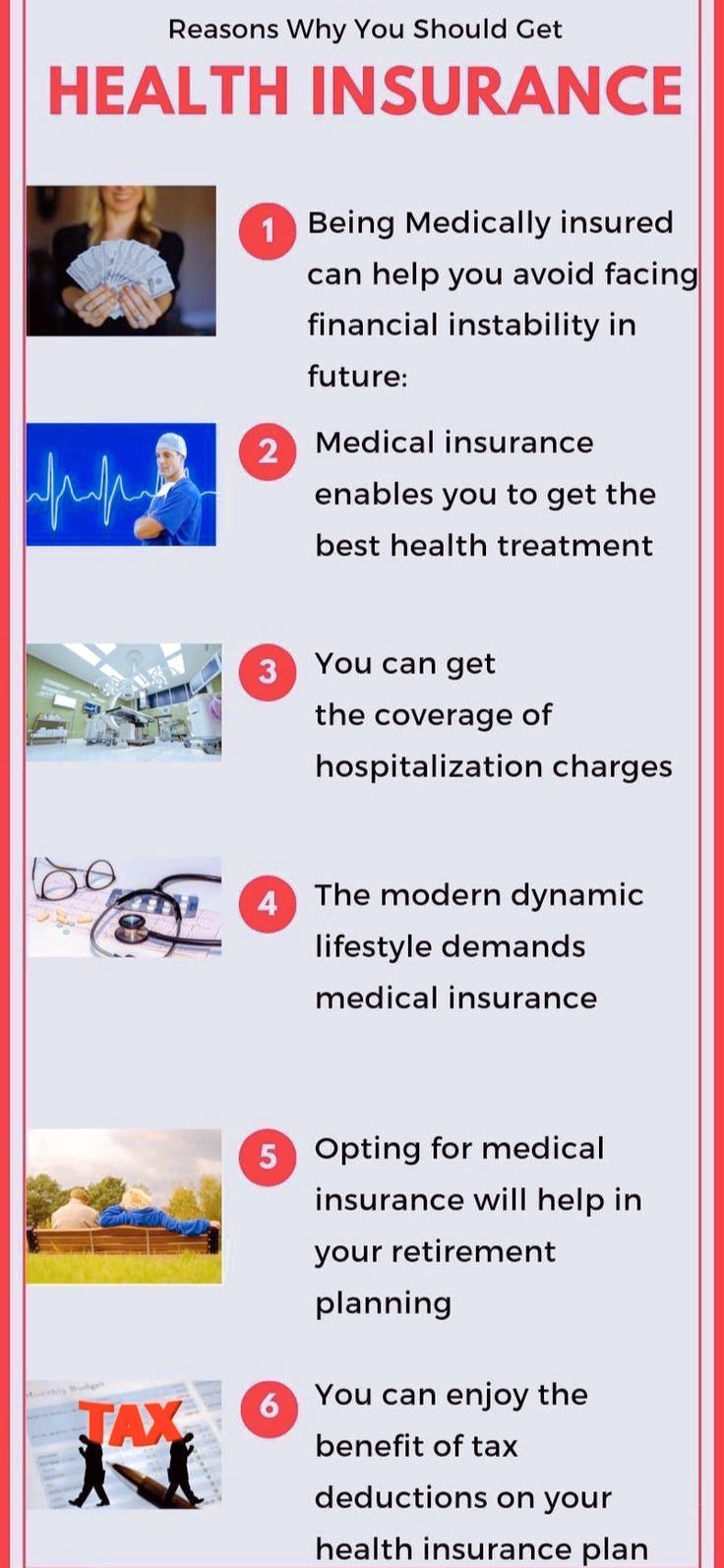The smart Trick of Medicare Advantage Agent That Nobody is Talking About
Table of ContentsSome Known Details About Medicare Advantage Agent Some Known Details About Medicare Advantage Agent The Only Guide for Medicare Advantage Agent


follows from adheres to the puzzling young age profile of account uninsured with without insurance better healthMuch better health and wellness average, standard younger persons. For those without access to work environment wellness insurance policy, inadequate wellness is a possible obstacle to buying nongroup coverage because such coverage may be very valued, omit preexisting conditions, or be merely unavailable. Unless otherwise noted, national estimates of people without wellness insurance and percentages of the population with various kinds of coverage are based on the CPS, the most commonly utilized source of price quotes of insurance policy coverage and uninsurance rates.

The Ultimate Guide To Medicare Advantage Agent
Over a three-year duration beginning early in 1993, 72 million people, 29 percent of the united state population, lacked insurance coverage for at the very least one month. Within a single year(1994), 53 million people experienced at least a month without protection(Bennefield, 1998a). Six out of every 10 without insurance grownups are themselves used. Working does boost the probability that one and one's household members will certainly have insurance, it is not an assurance. Also members of households with two full-time wage income earners have almost a one-in-ten opportunity of being without insurance (9.1 percent uninsured price)(Hoffman and Pohl, 2000 ). The relationship between wellness insurance coverage and accessibility to care is well established, as documented later on in this phase. The connection in between health and wellness insurance coverage and wellness outcomes is neither direct nor easy, a substantial clinical and health services research literary works web links health and wellness insurance coverage
to improved better accessibility care, better much betterTop quality and improved personal and population health status. The 2nd report, on personal health and wellness outcomes for uninsured adults, is stood for by the inner circle of the figure, while the 3rd report, on family members well-being, includes the topics of the 2nd record yet stresses a various system of analysis, particularly, the family. The 6th report in the collection will certainly offer information about techniques and efforts undertaken locally, statewide, or country wide to address the absence of insurance coverage and its unfavorable impacts. Degrees of evaluation for taking a look at the results of uninsurance. This discussion of health insurance policy coverage focuses mainly on the united state populace under age 65 due to the fact that practically all Americans 65 and older have Medicare or various other public protection.
Moreover, it focuses especially on those with no health and wellness insurance policy for any length of time. The troubles encountered by the underinsured are in some areas similar to those faced by the without insurance, although they are generally less extreme. Uninsurance and underinsurance, however, include definitely different plan concerns, and the approaches for resolving them might vary. Throughout this research and the 5 records to comply with, the major emphasis gets on individuals without health insurance policy and thus no assistance in paying for health and wellness care beyond what is readily available via charity and safeguard institutions. Health insurance coverage is a powerful element influencing receipt of treatment because both clients and medical professionals respond to the out-of-pocket price of solutions. Wellness insurance, however, is neither needed nor adequate to gain accessibility to clinical solutions. The independent and straight effect of health
insurance coverage on access accessibility health health and wellness solutions well established. Others will certainly obtain the health and wellness treatment they require even without medical insurance, by spending for it out of pocket or seeking it from service providers that provide treatment cost-free or at extremely subsidized prices. For still others, medical insurance alone does not guarantee receipt of care due to other nonfinancial barriers, such as an absence of healthcare suppliers in their neighborhood, limited access to transportation, illiteracy, or linguistic and social differences. Official research regarding without insurance populaces in the United States dates to the late 1920s and very early 1930s when the Board on the Expense of Medical Treatment created a series of reports concerning financing medical professional workplace brows through and hospital stays. This issue ended up being prominent as the numbers of medically indigent climbed throughout the Great Anxiety. Empirical research studies continually sustain the link between accessibility to care and improved wellness results(Bindman et al., 1995; Starfield, 1995 ). Having a normal resource of care can be thought about a forecaster of accessibility, as opposed to a direct measure of it, when health and wellness results are themselves made use of as access signs. This expansion of the concept of access measurement was made by the IOM Committee on Checking Access to Personal Healthcare Provider(Millman, 1993, p. Whether or not parents are guaranteed appears to influence whether or not their youngsters obtain care along with just how much careeven if the youngsters themselves have insurance coverage(Hanson, 1998). The wellness of moms and dads can influence their capacity to look after their kids and the level of household stress. Bothering with their kids's access to care is itself a source of tension for parents. 3 phases follow in this report. Phase 2 offers a summary of how employment-based wellness insurance coverage, public programs and individual insurance plan operate and connect to supply substantial but insufficient insurance coverage of the U.S. population. This consists of an evaluation of historical fads and public plans impacting both public and private insurance policy, a discussion of the interactions amongst the different sorts of insurance, and an exam of why individuals move from one program to an additional or wind up
